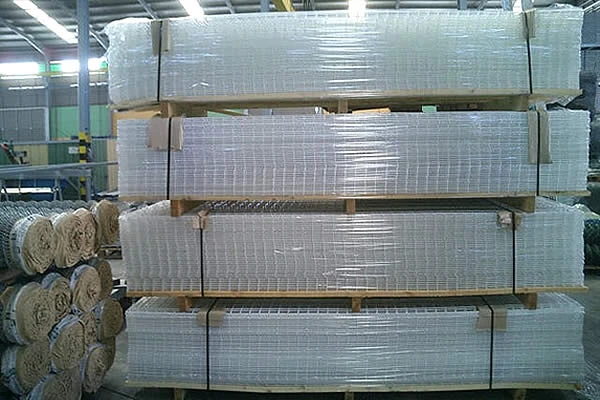 TEL:
+86-13102802206
TEL:
+86-13102802206
 Email:
fencenetting@china.com
Email:
fencenetting@china.com
 Language
Language
 TEL:
+86-13102802206
TEL:
+86-13102802206
 Email:
fencenetting@china.com
Email:
fencenetting@china.com
 Language
Language


Hoarding Fencing at Construction Sites Importance and Best Practices
Hoarding fencing is a crucial element at construction sites, serving not only as a physical barrier but also as a means of protecting the project, workers, and the public. With the ever-growing number of construction projects in urban areas, understanding the importance and implementation of hoarding fencing is essential.
The Importance of Hoarding Fencing
Hoarding fencing primarily provides safety and security. It keeps unauthorized personnel away from potentially hazardous construction sites, thereby reducing the risk of accidents. This is particularly important in densely populated urban environments, where pedestrians and nearby properties can be significantly affected by ongoing work. By enclosing the site, hoardings minimize the likelihood of injuries, ensuring a safer environment for both the public and the workers.
Additionally, hoarding fencing offers a level of privacy for ongoing projects. Construction sites can be noisy and disruptive, but with effective hoarding, some of this noise can be contained. Moreover, it helps to protect sensitive information and trades secrets, especially in commercial projects where competitive advantage is paramount. This privacy also serves to shield the construction process from public scrutiny, allowing contractors to work more freely and efficiently.
Aesthetic Appeal and Branding Opportunities
Beyond safety and security, hoarding can be used creatively for branding and marketing purposes. Construction companies can utilize the large surface area of the hoarding to display advertisements, project plans, or artistic images that reflect the planned development. This not only makes the site more visually appealing but also engages the public's interest and builds anticipation for the project. Local artists can be commissioned to beautify the hoarding with murals, transforming a mere construction barrier into a piece of community art.
Best Practices for Implementing Hoarding Fencing

When establishing hoarding fencing, there are several best practices to consider
1. Material Selection Hoarding can be constructed from different materials, such as wood, metal, or modular panels. Each has its benefits, with wood providing an aesthetic appeal while metal offers durability.
2. Height and Stability The height of the hoarding should be sufficient to deter unauthorized access, generally around 2 meters or more. Additionally, ensure that the structure is stable and securely anchored to withstand weather conditions.
3. Compliance with Local Regulations Always check local laws and regulations regarding construction site hoarding. Adhering to requirements not only ensures safety but also avoids potential fines or reworks.
4. Regular Maintenance Periodically inspect the hoardings for any damage or deterioration. Timely repairs help maintain safety standards and ensure that the fencing serves its intended purposes effectively.
5. Community Engagement Engage with the local community before erecting hoardings. Informing residents about the project timeline and expected disruptions can foster goodwill and support.
Conclusion
Hoarding fencing is an indispensable part of construction site management. By prioritizing safety, enhancing aesthetics, and providing branding opportunities, construction companies can effectively manage their sites while actively engaging with the communities they serve. Implementing best practices in hoarding can lead to a more organized and successful construction experience for everyone involved.